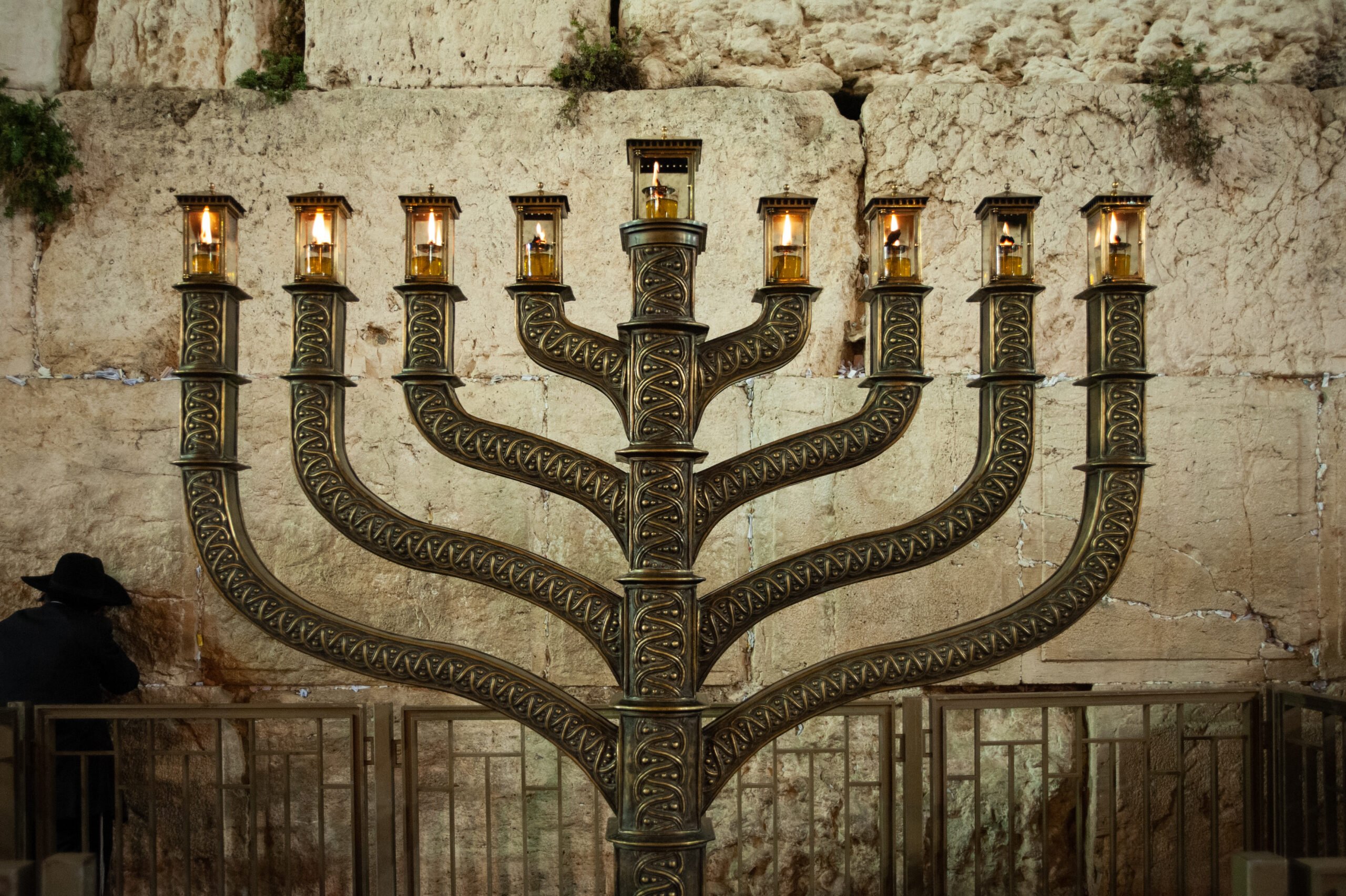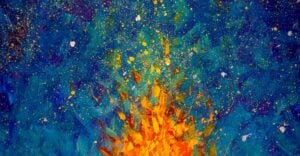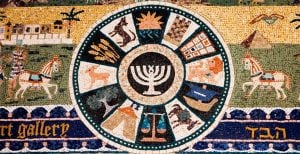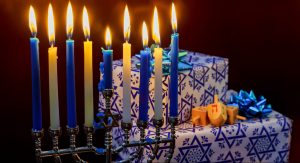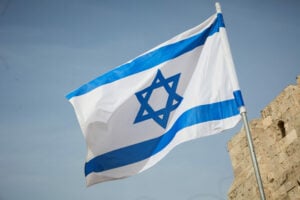While there are Jews who live in basically every major English speaking country from North America, England, and in the Southern Hemisphere, most of those Jews—the ones who will be reading this article—are Ashkenazi, who used to mostly live in Central to Eastern Europe. In those countries, the Jews of Ashkenazi heritage rank over 90% of all Jews, while in Israel close to 60% have Sephardic heritage. Wax candles, latkes, and most especially dreidels were not a common sight in those Mediterranean, Middle Eastern, or Central Asian communities.
Israel has allowed for these trends to mix in new and exciting ways, while also adding its own influences. The sufganiya is one such example, but being in the Middle East itself, the environmental necessities also encourage certain practices like olive oil lamps over wax candles which had the reverse accessibility in places like Europe for most of Jewish history. Israel has brought all the Jews of the world together, but being the site of where the miracles indeed happened, it also lends itself to more traditional practices, including the outdoor display of menorahs.
Israel continues, as it has been from its very beginning, to be a melting pot while also bringing people back to their roots in their homeland, and Hanukkah is the perfect time to display that blend of ancient and modern customs.
